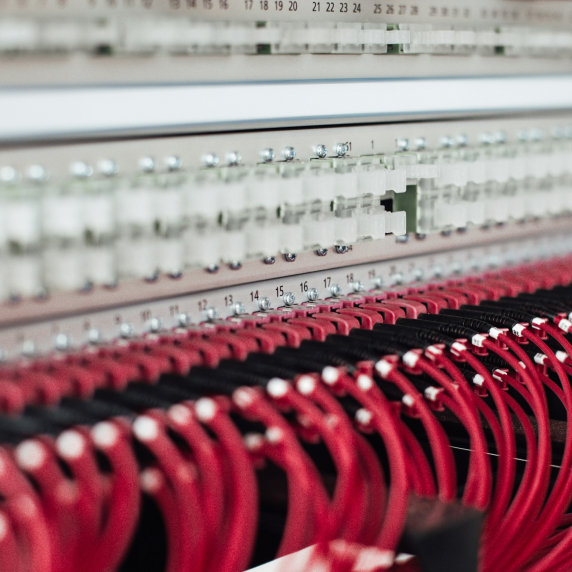In today’s always-connected world, businesses rely on fast efficient, secure, and flexible networks more than ever. While the conversation is mostly around Wi-Fi speed or cloud applications, what many don’t realize is that underlying every smooth connection lies a carefully designed structured cabling system that is the invisible infrastructure that holds the whole network together.

Image credit: gokaravan.com
It doesn’t matter if you’re an emerging company or a large enterprise having the correct structured cable is required.
What exactly is Structured Calling, Really?
Take into consideration structured cabling as the physical skeleton of your IT infrastructure. It’s a standard method to organize cables and hardware to ensure that computers, phones servers, servers as well as security systems, can communicate and connect. The structured cabling is efficient and tidy. It adapts to changing technologies.
A well-organized cabling infrastructure can provide data, voice as well as multimedia throughout your operation. It’s modular, meaning you can expand, relocate, or change equipment with little disruption. And most importantly, it’s flexible, able to expand with your company’s.
What is the reason Structured Cabling Services Matter
The structured cabling system isn’t a universal solution. Every industry, building, and type of business has distinct requirements for performance. This is why working with a provider that specializes in structured cabling is crucial.
Professionals assess your current infrastructure, future requirements, and physical layout, to develop the perfect design. Services typically include the installation of cabling for horizontal and backbone, patch panels, distribution frames and testing every cable for quality control.
Karavan Technology, for instance, offers end-to-end structured cabling services across the US and Canada, tailored for both simple configurations as well as more complicated high-performance areas. They provide solutions that range from Cat5E cabling through high-frequency Cat7 cables that are capable of handling 1200MHz.
The Installation Process of Structured Cabling
One of the biggest misconceptions is that installing structured cabling is disruptive. A team of highly skilled technicians can complete installations quickly, efficiently and without affecting the everyday operations.
Here’s the basic components of a typical installation:
1. Engineers will assess the space and determine cable routes. They will also plot the endpoints.
2. Installation: Cables and racks are labeled and neatly installed.
3. Testing and Certification The connections are all tested to determine the quality of signal.
4. Documentation: A complete diagram of your cable system is included to aid in future troubleshooting and upgrade.
When you’re done with the process, your property has a plug-andplay system in place that will serve your needs in the digital age for years to in the future.
Future-Proofing Structured Cabling Systems
Technology evolves quickly, and so should your infrastructure. A well-implemented structured cabling system offers future-proofing benefits that make it easier to upgrade or expand without starting from scratch. It is possible to incorporate new devices, workstations, or servers without having to do complete overhaul.
An established foundation is important because data demand, particularly cloud computing and video conferencing is in the process of increasing. This ensures that you get the same performance. You don’t have to worry about latency, loss of signal, or the cost of delay due to old wiring.
Final Thoughts
It may be hidden It’s possible to hide it, but structured cabling must not be overlooked. This is the foundation for an efficient, secure network that will be able to support every single aspect of your operation. You can increase the efficiency of your business, and create the foundations for success in the future by having a skilled installed structured cables.
It’s not a bad idea to invest in structured cabling, whether you’re planning on opening an office new or upgrade your current system.